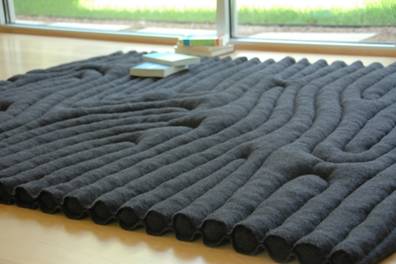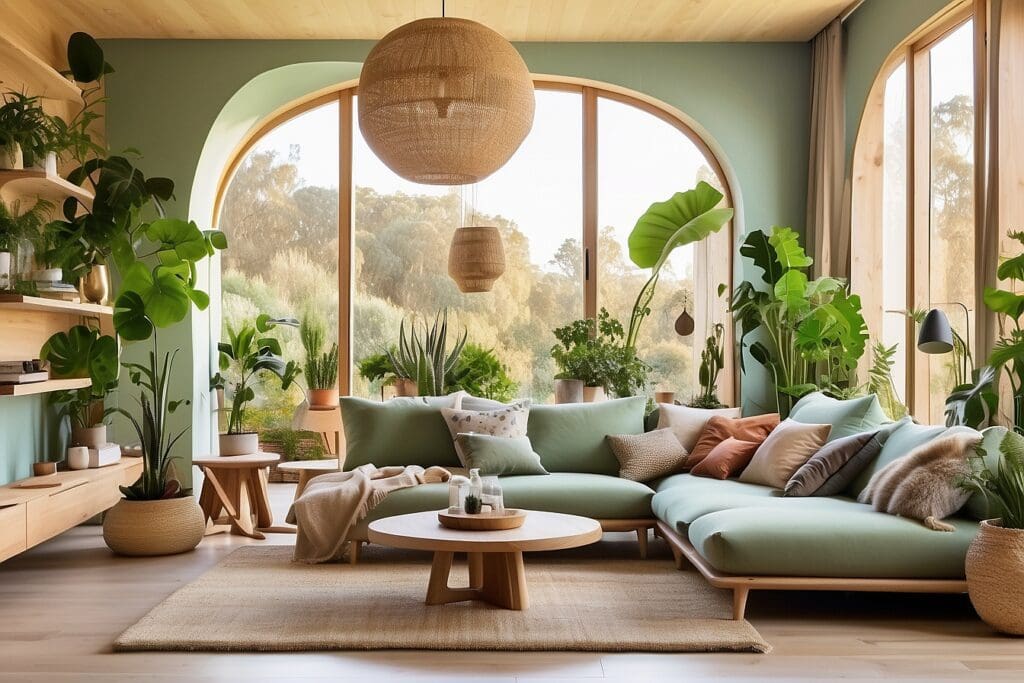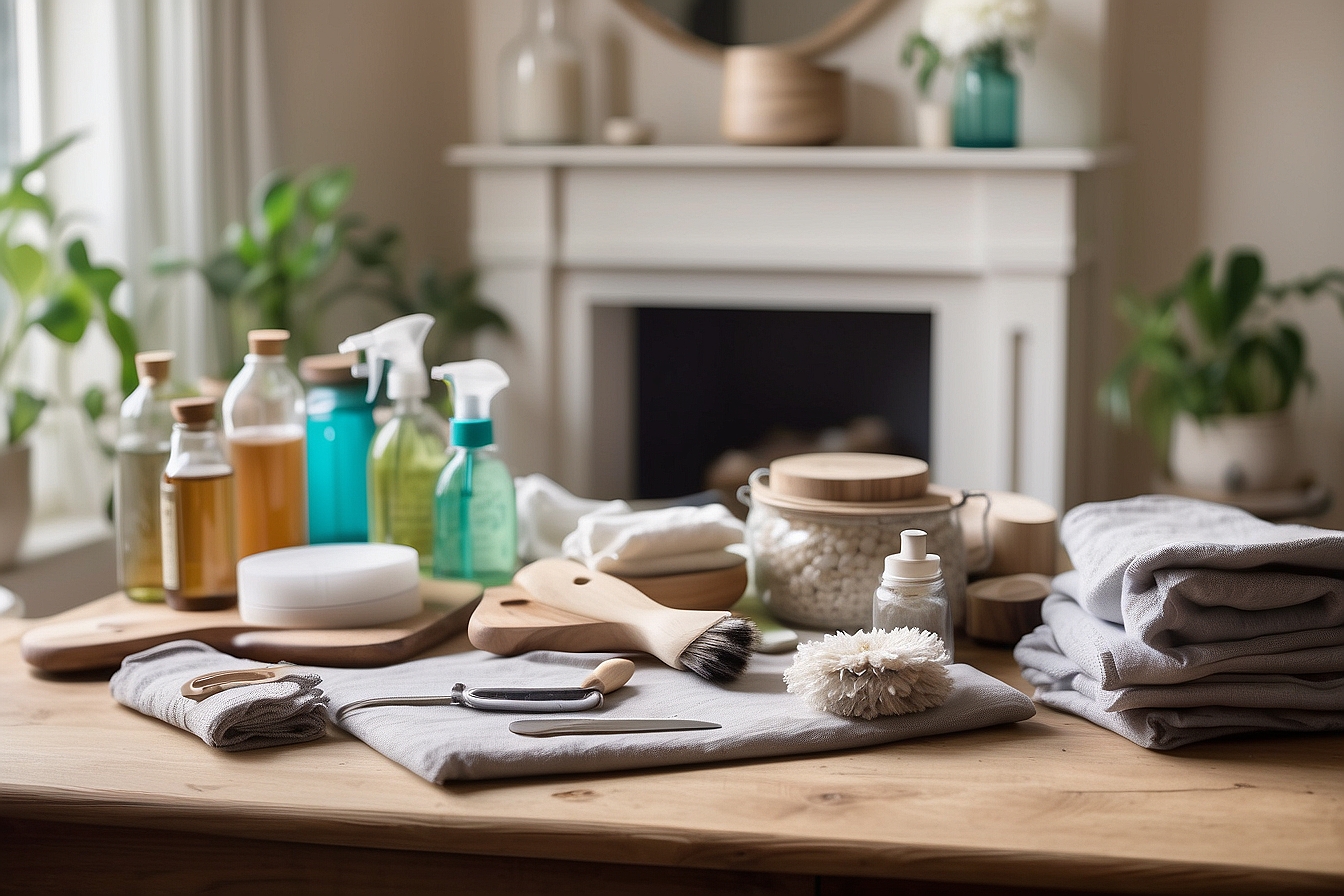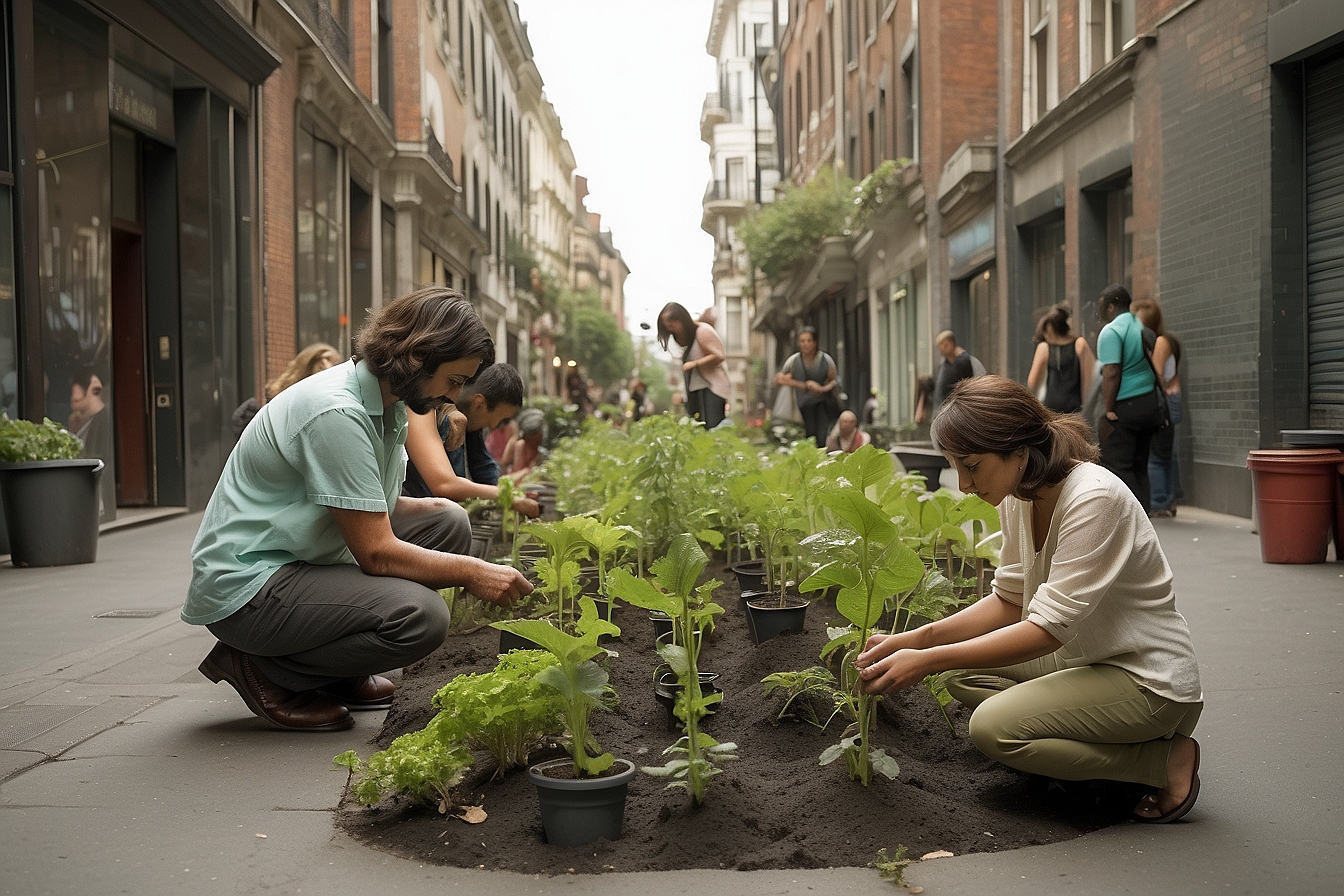Long before the mod designs of today’s sustainable homes, there was the “Glass House,” built in 1949 by Philip Johnson for his personal use in New Canaan, Connecticut. It was a ground breaking project in its time and continues to astonish those of us today who cannot fathom living in a see-through house.
While most people love the concept of a glass house, they have one major problem with it – privacy. But there’s a simple solution – curtains. Lightweight curtains would provide both shade during summer months as well as privacy, without compromising the structure’s aesthetic appeal. But what a lot of people also don’t realize is those eco homes aren’t cookie cutter houses. On the contrary, they can be built with a lot more forethought and personalized design than traditional real estate. Just ask Michelle Kaufman of MK Designs.
When Michelle Kaufman and her husband moved to California, they decided to fill the market for clean green homes after their own difficulty in finding one. Clients can design their own custom home and choose the features that work for them. According to Michelle, “the real challenge, and the critical area for a successful project, is the implementation and the production.” Fortunately, through many years of being in the business, Michelle and her team have been able to iron out this wrinkle. Regardless of whether or not you’d choose to live in a glass house, our love of aesthetic and design are instantly drawn into Johnson’s minimalist creation. A balanced sense of proportion and a design that connects with the environment is what ultimately has paved the way for modular and prefabricated homes.
Yet no matter what your home is like, you can get it to be more sustainable – and contrary to what some may think, sustainable doesn’t mean living a ‘bare bones’ lifestyle. A sustainable lifestyle can be chic and creative while still being eco-conscious.

With Fall at our doorstep and Winter around the corner, the number one consideration is learning to reduce heating costs. Insulating your home, using an energy-efficient space heater, and good old fashioned bundling up will certainly help you do your part in reducing energy consumption. But for extreme green, try installing a geothermal heating system, with loops deep in the ground around your home, and a heater exchange to collect relative heat from the ground.1 If you’re already in a do-it-yourself (DIY) renovation mode, then consider installing windows and skylights that’ll let more light come in – thus reducing your dependency on electrical lighting. There are also a number of window designs that not only let more light in, but also help keep in the heat.
But if you’re a quick-fix type, there are still versatile ways you can prep your home for winter and reflect your stellar taste – especially if you’re a notorious coveter of wooden floors.

If you’ve got wooden floors (hopefully bamboo), try covering them with rugs during the winter. The use of rugs is a quick DIY insulation that gives you a chance to add a new style element in your living space. Far from perhaps overbearing eclectic themes too strong for certain tastes, some eco-inspired pieces are also designed for the utilitarian thinker. For the military-minded eco-enthusiast, there’s Rebekah Rauser’s Redeploy Rug that combines the necessary military durability of surplus blankets with organic fluidity. Made of 100% wool Russian army blankets, with topographic pattern, the Redeploy adds a unique dimension that makes the piece not only necessary but stylish.
Ultimately, no matter which route you choose, the goal is to create a home that is both functional and stylish, while still doing its part for the environment.





